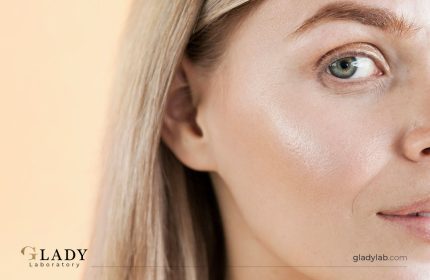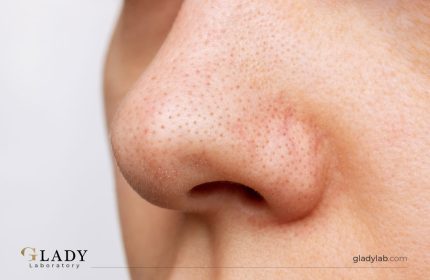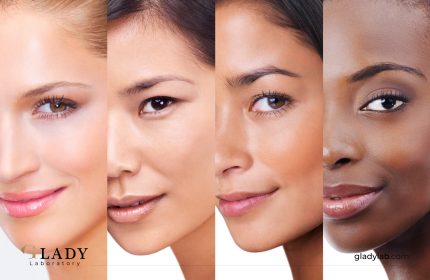Using sunscreen (physical or chemical) is an essential necessity for primary protection against skin cancer (which has been found to be primarily caused by sun exposure) and other effects caused by both types of sun rays:
- UVA (causing signs of aging)
- UVB (causing sunburns)
Differences between physical and chemical sunscreen:
Physical sunscreen:
- Its main ingredients are titanium oxide and zinc oxide.
- It is not “natural” as commonly believed, but it is called physical sunscreen because it works by reflecting and scattering the incident ultraviolet rays on the skin, while also absorbing a portion of these rays (similar to chemical sunscreen).
- Certain factors can diminish the effectiveness of physical sunscreen, such as touching the face frequently, excessive sweating, and wiping the face with a tissue, albeit to a minor extent.
- Physical sunscreen often leaves a white residue on the skin, the intensity of which varies depending on the type and manufacturing process.
- Physical sunscreens are suitable for very sensitive skin, particularly for those with rosacea.
- Due to its thicker texture, it should be thoroughly cleansed with makeup remover and regular facial cleanser.
Most sunscreens now combine physical and chemical sunscreen ingredients to provide broader protection against a wider range of rays. However, some sunscreen products may be labeled as exclusively physical (mineral).
Chemical sunscreen:
- Its main ingredients include octocrylene, homosalate, ethylhexyl triazone, butyl methoxydibenzoylmethane, and many others.
- Some of these filters work against UVA rays, while others protect against UVB rays.
- Previously, chemical sunscreen formulations used unstable ingredients that did not provide sufficient protection due to their degradation during use. This led to greater caution and warnings regarding the use of chemical sunscreens. However, modern chemical sunscreens now utilize more stable ingredients, making them safer. Nevertheless, individuals with sensitive skin, pregnant women, and those with rosacea may not find modern chemical sunscreens suitable for their needs.
- Chemical sunscreen works by absorbing the sun’s rays and converting them into heat.
- Chemical sunscreens usually do not leave a white residue on the skin, but they may leave a slight sheen.
- Currently, many cosmetic companies combine ingredients from both physical and chemical sunscreens to take advantage of the beneficial properties of each type.
To ensure the effectiveness of sunscreen (both physical and chemical):
- Apply a sufficient amount, which is approximately 2 mg/cm², roughly equivalent to half a teaspoon (or the length of two fingers). This quantity applies to the face and neck. If the neck is covered, a slightly smaller amount is sufficient.
- Reapply sunscreen every two hours and apply it 15 to 30 minutes before going outside to allow it to start working.











